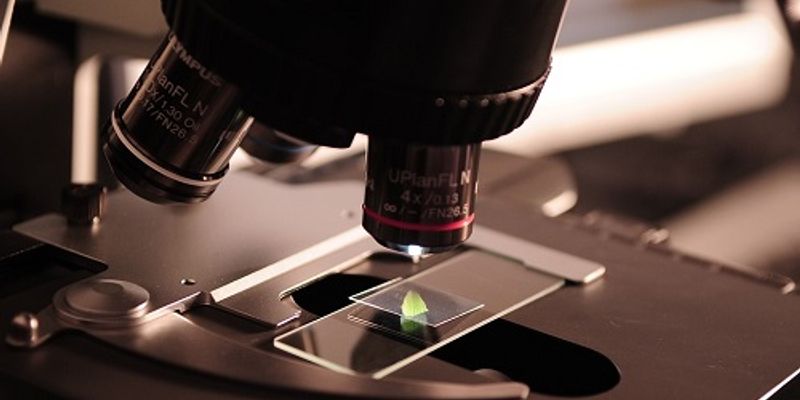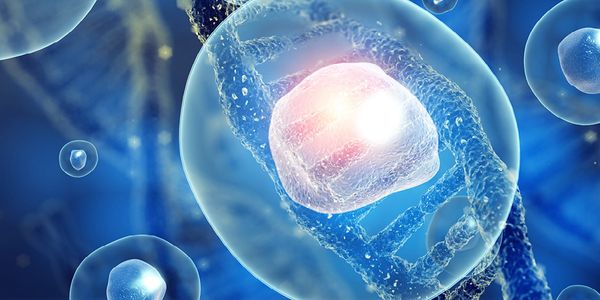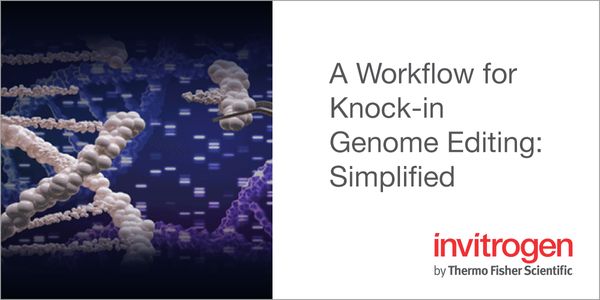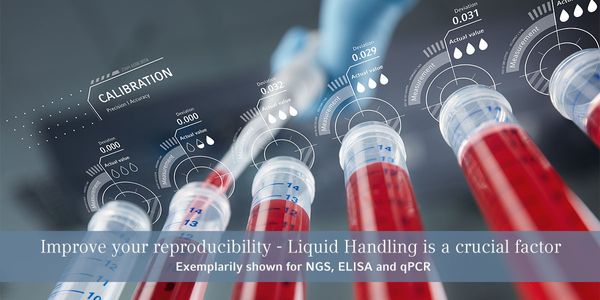FEB 25, 2020 | 10:00 AM
DATE: 25 Febrero 2020 TIME: 13:00 COT, 10:00 PST Los desarrollos tecnológicos en analizadores automatizados de Hematología continúan transformando el laboratorio de Hema...
Learn how new hemophilia and anticoagulant therapies impact coagulation assays and clinical decisions in our educational session....
JAN 23, 2020 | 9:00 AM
DATE: January 23, 2020 TIME: 9:00am PST, 12:00pm EST...
JAN 14, 2020 | 9:00 AM
Fecal elastase-1 – a biomarker for pancreatic exocrine insufficiency(EPI) continues to gain traction as an ideal biomarker for assessing EPI. This presentation will include a review of...
The use of primary cells in vitro is compromised by the limited quantity of cells that can be isolated from one donor, a lack of or very restricted proliferation capacity (e.g. hepatocytes)...
























